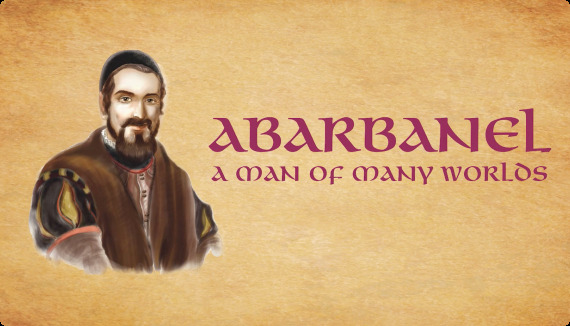The custom of reciting selichot – penitential prayers – preceding Rosh Hashanah and Yom Kippur is an ancient one dating back to the period of the Geonim in Babylonia if not even to Talmudic times. There are different customs as to when to begin reciting these prayers. Most Sephardic and Middle Eastern Jewish congregations begin the recitation of selichot at the beginning of the month of Elul while European Jewish communities begin their recitation the week preceding Rosh Hashanah itself.
Over the centuries the number of piyutim available for the selichot recitation has increased exponentially. There are many hundreds of such selichot piyutim in our repertoire of religious poetry. A substantial number of them were composed during the early and later Middle Ages and were the work of the great men of both the Ashkenazic and Sephardic worlds.
It was commonly accepted and even expected that Torah scholars would also produce such selichot. Some of the greatest sages of Israel, such as Rashi, Rabbenu Gershom, Rabbi Asher ben Yechiel and others, are represented in the Ashkenazic version of the selichot services.
In later times, especially in the modern era, the number and authorship of the selichot has become fixed, though even in the Ashkenazic tradition there is quite a difference between the selichot of German, Lithuanian, and Polish custom. Needless to say, all of these Ashkenazic versions of selichot vary widely from the piyutim recited by the Middle Eastern Sephardic communities, and there too there are differences between certain localities and ethnic groups.
The basic prayer of selichot, upon which all various communities agree, is the recitation of the thirteen so-called attributes of the Almighty. They are reveled to us in the Torah itself when Moshe hid his face in the presence of the Divine spirit passing over him.
The recitation of this Torah description of Godly attributes is one of the central themes of Yom Kippur, when we recite this section of selichot numerous times during the prayer services of the day. In fact, the climactic prayer of neilah on Yom Kippur incudes the recitation of these thirteen attributes thirteen times!
It is as though this prayer ordained, so to speak, by God is the only weapon left in our arsenal of prayer and tears that will deliver us to life and goodness. The theme of the High Holy Days is to call unto our Creator when he is close to us and can be easily reached. The recitation of the selichot prayers, from before Rosh Hashanah until through the day of Yom Kippur, reinforces this idea of closeness and immediacy with the divine and the infinite.
Selichot is an invaluable conduit to achieve this exalted connection with Godliness and spirituality. It is no wonder that throughout the ages the Jewish people have constantly observed and even strengthened this custom in our never ending quest for soulful spirituality. Early hours of rising and devotion testify to the level that all Jewish communities dedicate to this custom of penitential prayer.
What I have always found interesting and noteworthy in the piyutim of selichot is that most of them concern themselves with the sorry and sad state of the Jewish people in our long and bitter exile. It is as though we not only expect to be forgiven for our sins and shortcomings but we implore Heaven to intercede on our behalf and improve our lot in life.
Except for the ashamnu prayer the selichot piyutim reveal very little contrition or assumption of guilt for sins on our part. It is as though we are saying to Heaven that the deplorable circumstances of Jewish life in the exile are why we are unable to fulfill our spiritual obligations on a constant and productive basis.
This emphasis on national calamity, rather than on personal guilt, points out to us that the High Holy Days are not merely a personal experience but a national one as well. We are all in this together and the eternal covenant of Sinai joins all of us into one unit. Every Jew’s personal fate is intertwined with our national fate and future.
And in an even farther leap, the prayers of Rosh Hashanah tie us all as human beings to common fates and challenges. In Judaism , the individual, the national and the universal are all bound together in judgment and in blessing. Therefore there can be no better introduction to and understanding of the holy days that are coming upon us than the prayers of the selichot services.
Shabbat shalom
Berel Wein



